Forsythia varieties
Last Update :2024.11.14
Article Catalog
Forsythia suspensa is a plant of the genus Forsythia of the Oleaceae family. Its leaves bloom first in early spring. It is a shrub with high ornamental value and is widely planted in my country. Let’s take a look at what varieties of forsythia there are.
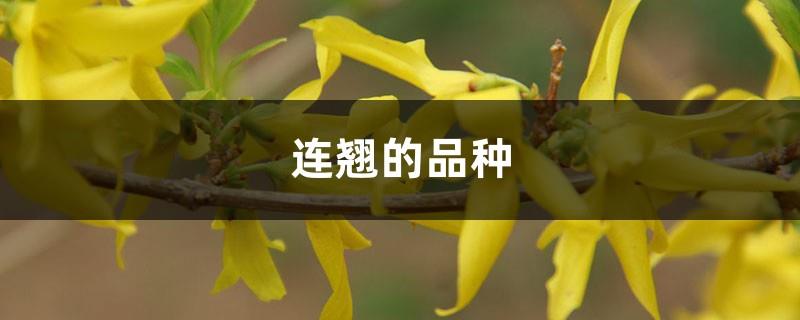
Qin Lianqiao
Forsythia chinensis
Forsythia chinensis is produced in southeastern Gansu, Shaanxi, western Henan, and northeastern Sichuan.
Forsythia forsythia is a deciduous shrub, 1-3 meters high, with upright, cylindrical branches, gray brown or gray, with sparse round lenticels, film-like peeling outside, and slightly four-sided branchlets. Shape, brown or light brown, hairless, often sickle-shaped curved, with flaky pith.
Grows in forests on hillsides or low hillsides, in valley shrubs or sparse forests, in ravines, riverbanks or forest edges, or in crevices of ravines, at an altitude of 800 meters to 3200 meters.
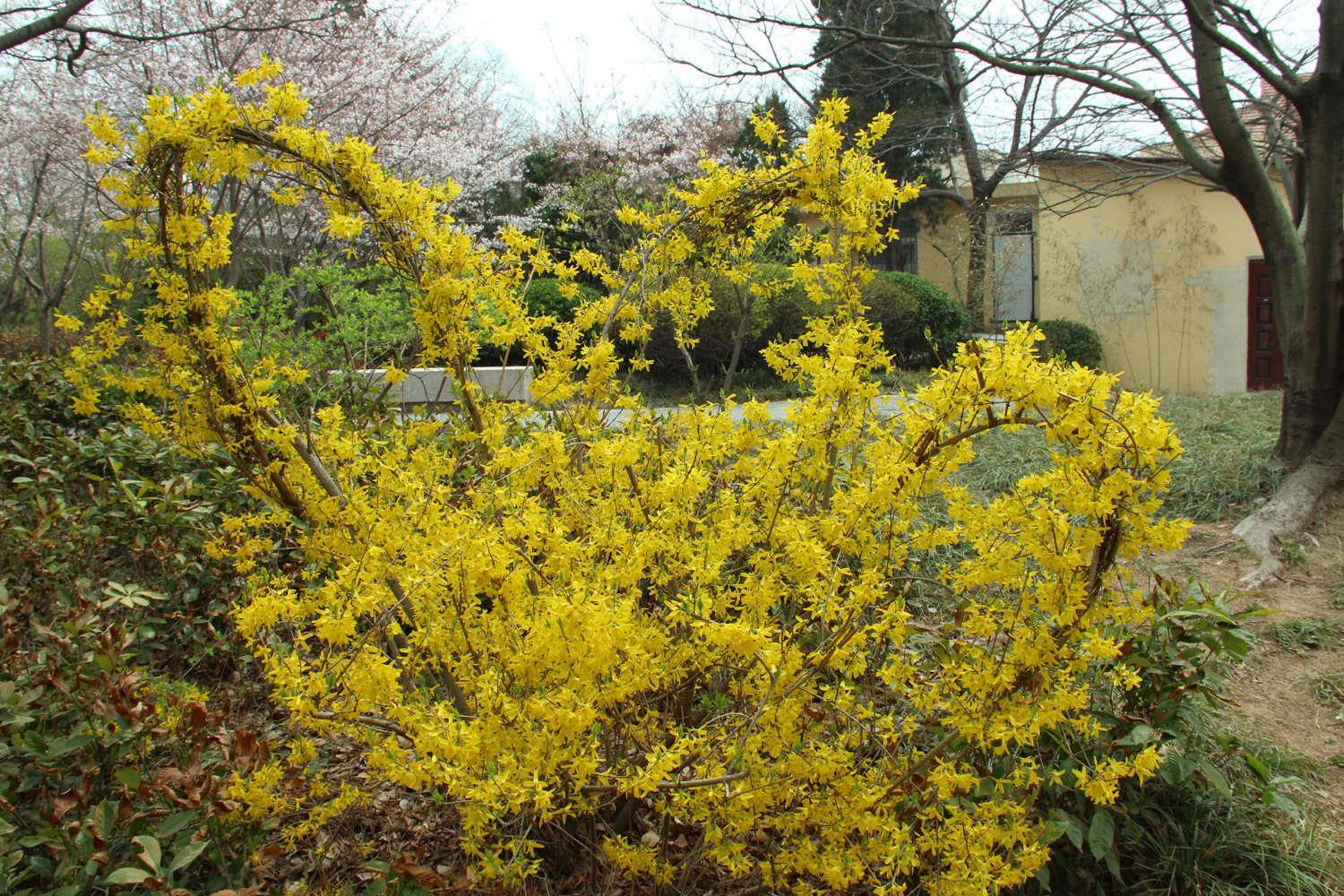
Lijiang Forsythia
Lijiang Forsythia is produced in northwestern Yunnan and Muli, Sichuan. It grows in hillside shrubs, understory, or mountain mixed forests.
Lijiang Forsythia is very similar to Qin Forsythia. The only difference is that in addition to the leaves having entire edges and glabrous sides, the latter also has leaves with hairs and sparse serrations. Other characteristics are basically the same. .
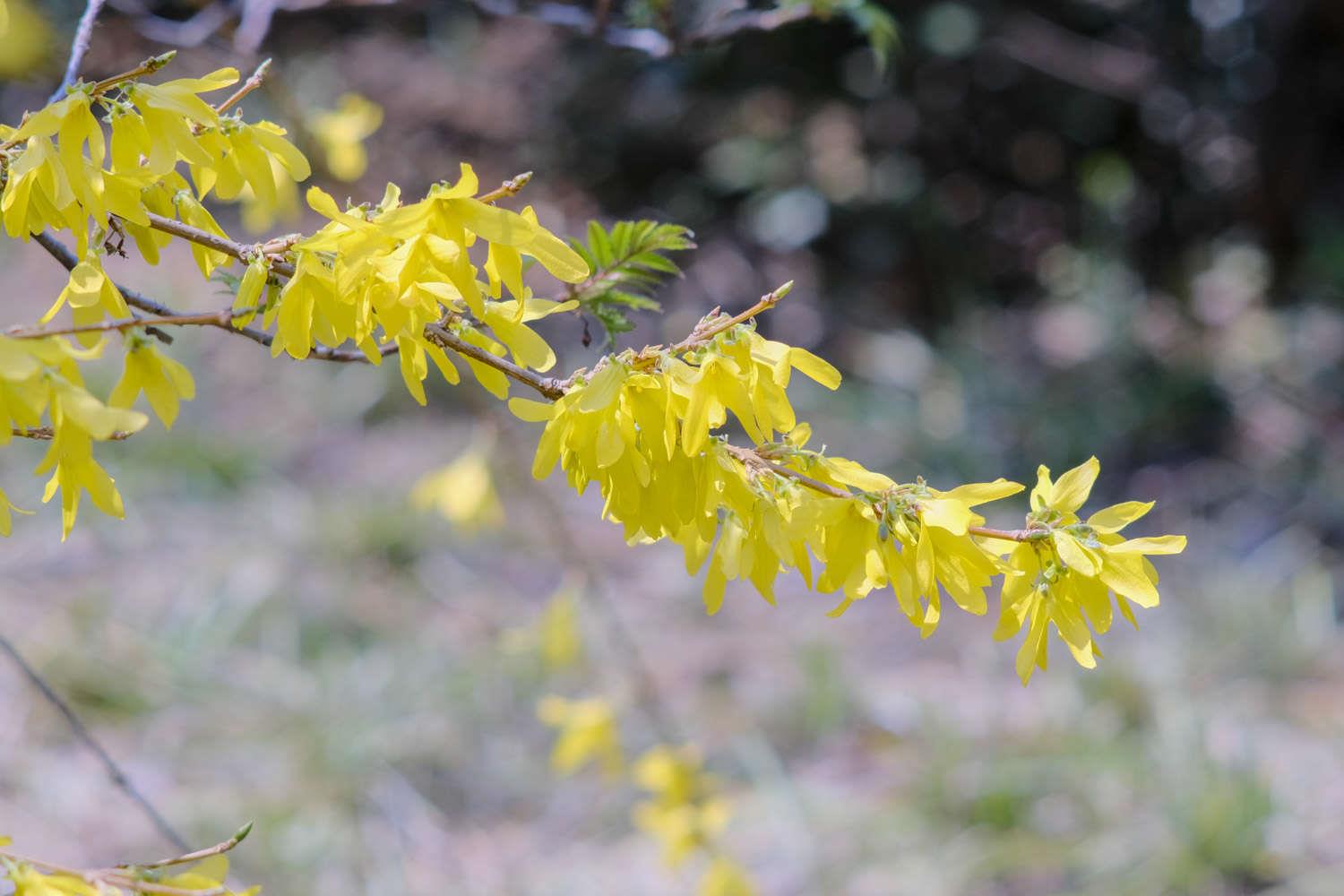
Northeast Forsythia
Forsythia forsythia is a deciduous shrub belonging to the family Oleaceae. It originates from Fenghuang Mountain in Liaoning Province, China and is cultivated in the three northeastern provinces.
The flowers are yellow and bloom before the leaves. Just after the cold winter, the trees are golden. If planted in patches, they will be more vivid and eye-catching. The flowering period is in May and the fruiting period is in September. It is an excellent early spring view in the Northeast. One of the flowering shrubs, the stems, leaves, fruits and roots can all be used as medicine.
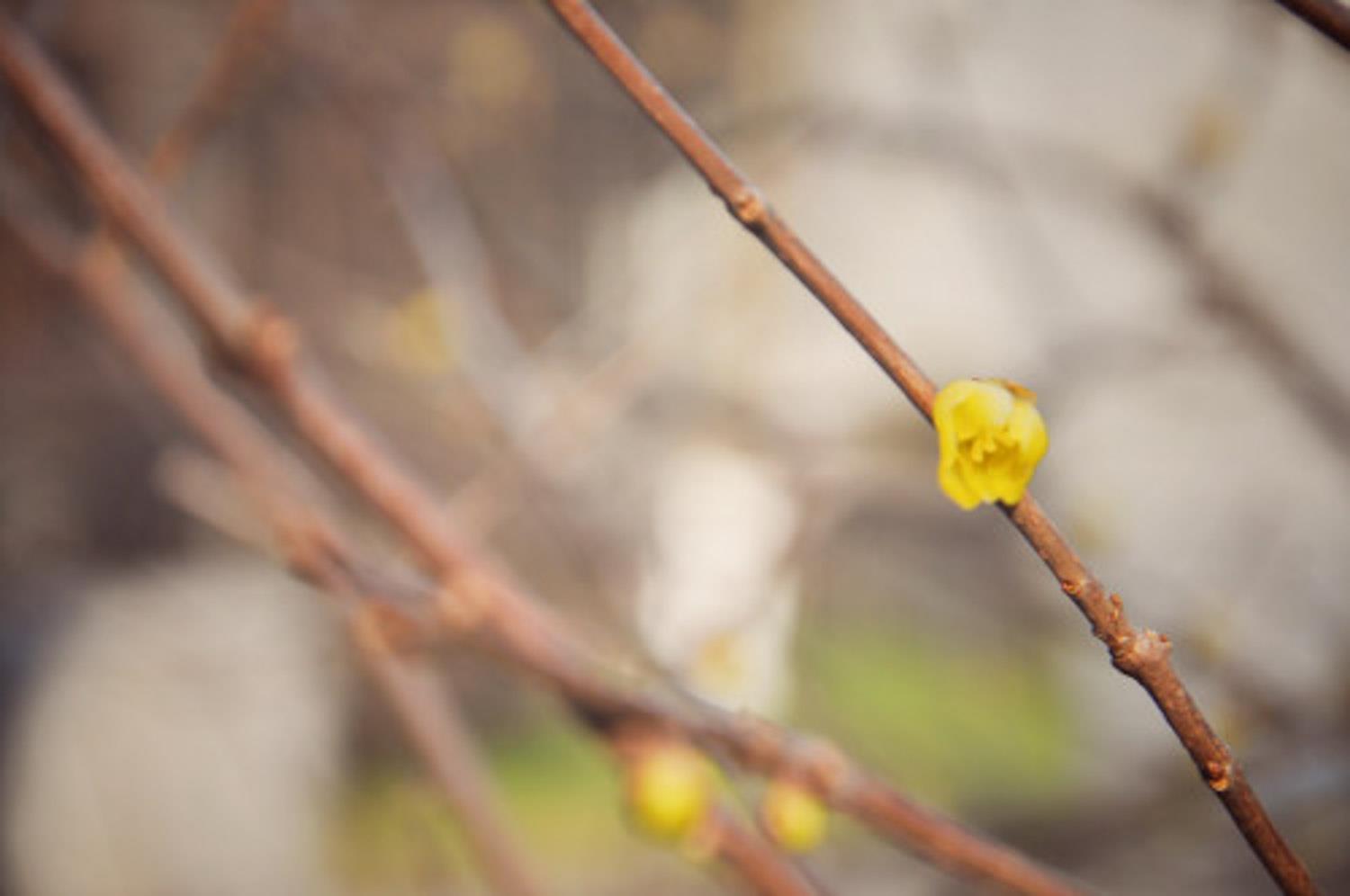
Strange Forsythia
The strange Forsythia suspensa is produced in Shanyang, Shaanxi Province, and grows along the mountain roads.
Forsythia japonica is a deciduous or climbing shrub, 1.2-3 meters high, with cylindrical branches, brown, hairless, densely covered with water-like raised lenticels, branchlets light brown, tetragonal, puberulent. , the internodes are hollow.
The characteristics of Forsythia mirabilis are between Forsythia mirabilis and Forsythia chinensis. The difference from Forsythia mirabilis is that the leaves of Forsythia mirabilis are full-edged and have hairs on both sides. The difference is that the internodes of the branches of Forsythia mirabilis are hollow, and the fruit stems are 1.2-2 cm long.
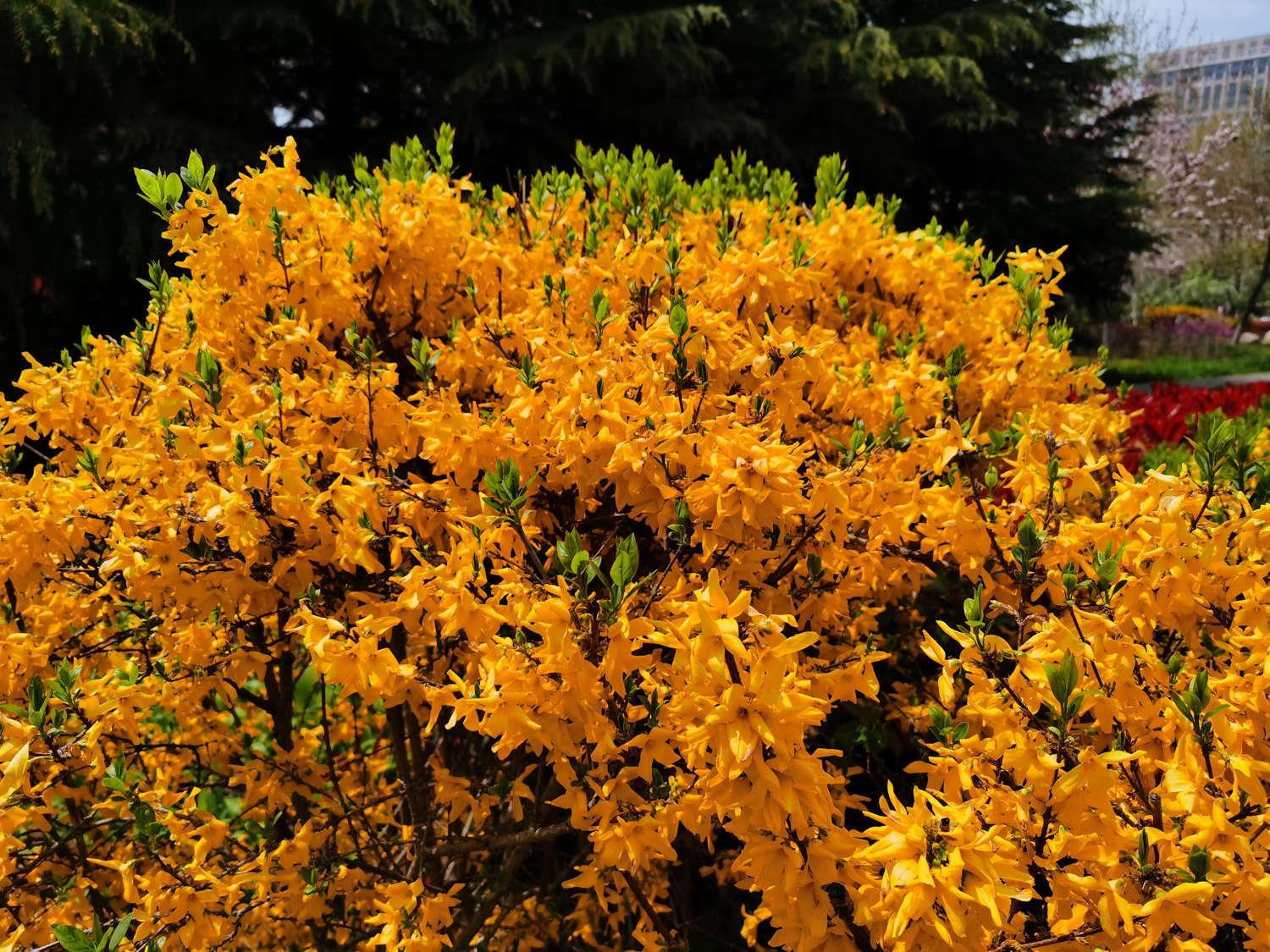
Forsythia ovale
< /p>
Forsythia ovale is native to North Korea and is cultivated in Northeast China.
Forsythia ovalifolia is 1-1.5 meters high, with spreading branches, the branchlets are grayish yellow or light yellowish brown, hairless, gray or dark gray when old, slightly ribbed, with flaky pith.
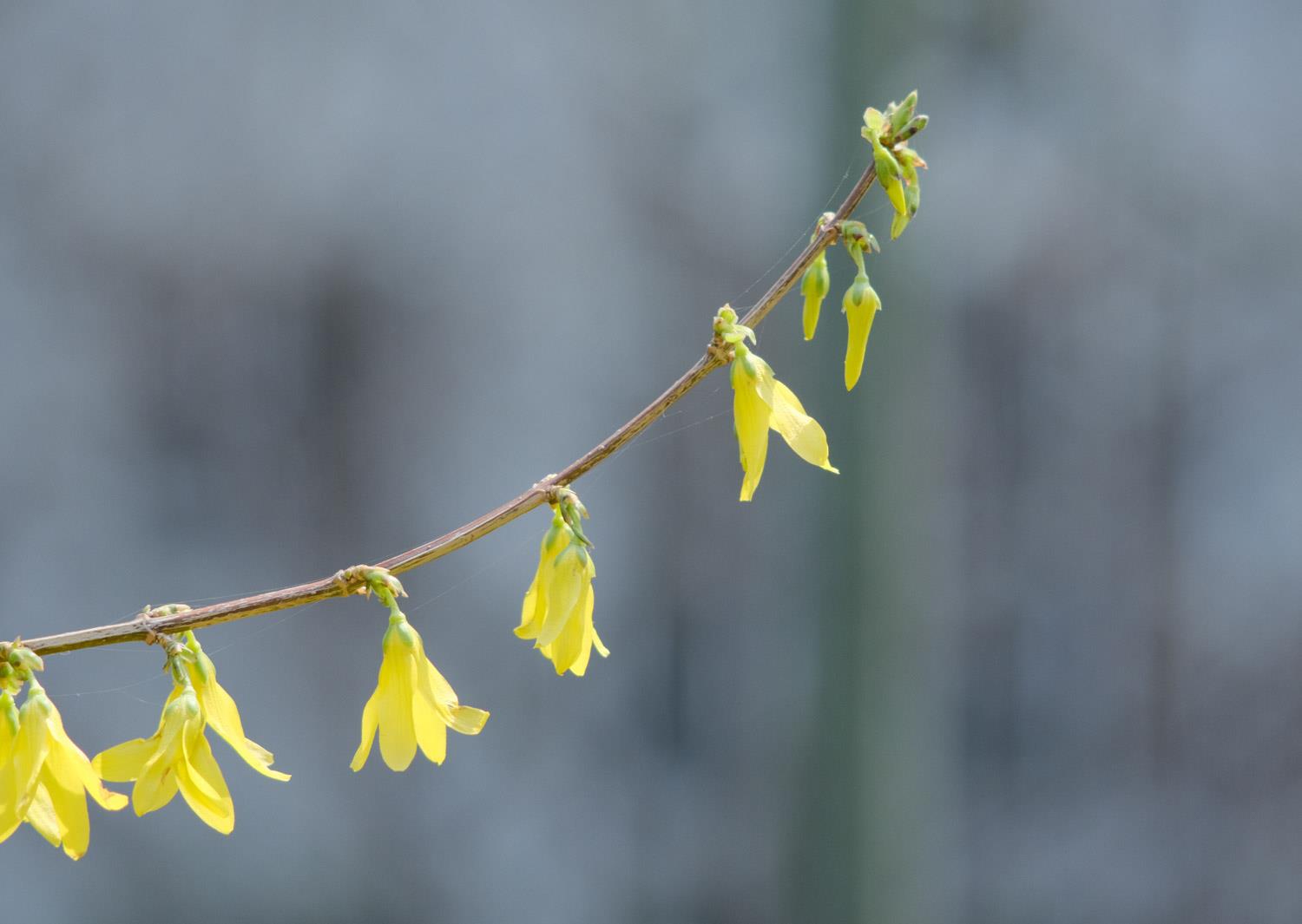
Lijiang Forsythia
Northeast Forsythia
Forsythia mirabilis
Forsythia ovale
- END -
The difference between sweet peas and snow peas
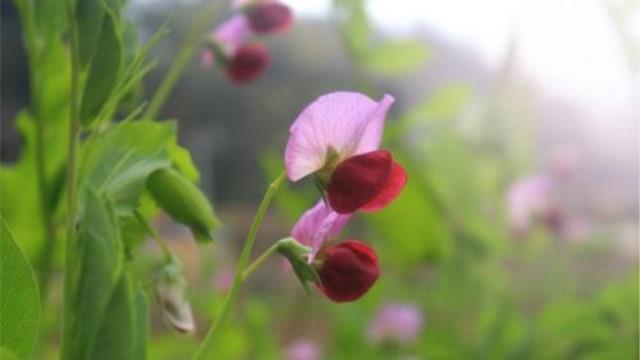
Leaf differences: Sweet pea leaves are oblong or oval in shape; Snow pea leaves ar...
The difference between rat tail palm and white sandalwood
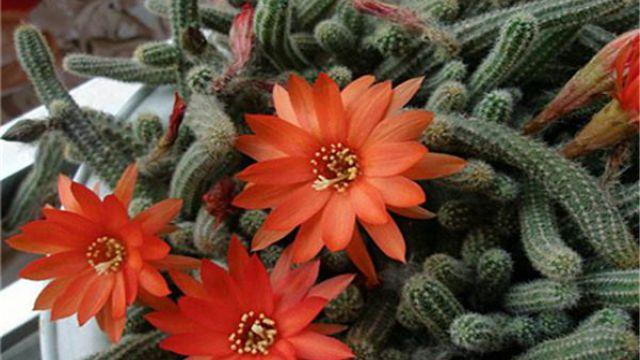
Appearance: The stem of the rat tail palm is thin and hangs down to the ground. Sm...